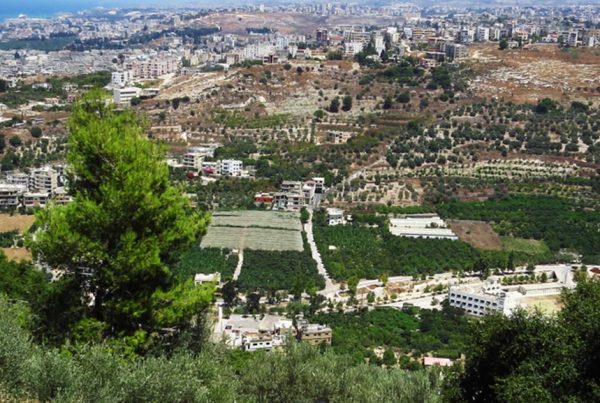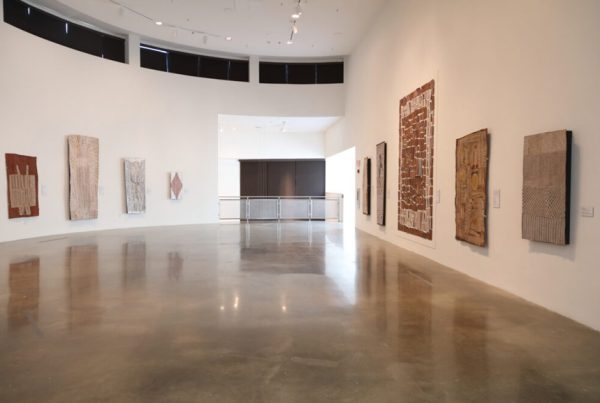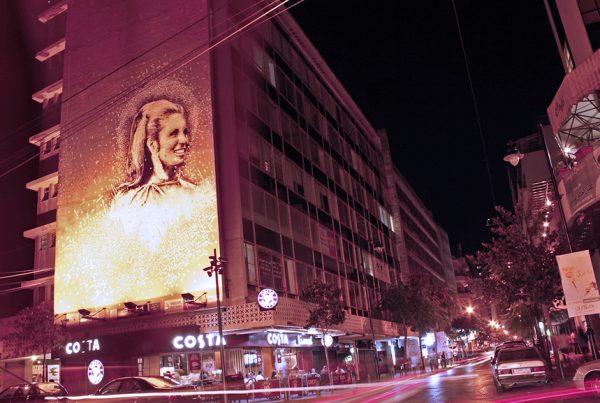Deir al-Qamar is The Home of Pristine Lebanese Tourism
Deir al-Qamar is a name that attracts many tourists who come to Lebanon to visit a place known to be an example of incredibly calm and relaxing places. This is thanks to its dazzling views and scenes that combine simplicity and fluidity in terms of its narrow streets, thin houses and generous vineyards. Add to the above its distinguished gardens and ancient stone benches that make you lie among all this beauty and creativity, taking your mind to a world of fun and charming imagination. Hence, we had to write this detailed article on Deir al-Qamar. So that it becomes an excellent guide for tourists who want to explore this wonderful area closely without any useless time or leaving something important inside the region without doing it.
The historical background of Deir al-Qamar
In the mid-1940s, the Lebanese government viewed the town of Deir al-Qamar as a town of antiquities and heritage thanks to its ancient and ancient palaces and houses at the same time. Then, soon the government took more and more interest in it by restoring it in the sixties and seventies, and then it appeared in the nineties as one of the important heritage places that UNESCO paid special attention to. This contributed to raising its shares in the world of archaeological tourism. This has helped the status of Deir al-Qamar, which it has reached with UNESCO as a heritage site, is that the residents of the region themselves have preserved the buildings of the old houses and did not destroy them and build modern ones in their place.
The most important landmarks of Deir El Qamar
Public Square
It is the square of the area, which dates back to the nineteenth century. It has the advantage of having a fresh water spring that is the same age as the wonderful square. Which is the main reason why tourists want the square to be the first place they want to visit in Deir al-Qamar. This is so that they can drink from it cold, pure water that has no equal to its delicious taste.
Prince Fakhreddin I Mosque
It is an ancient mosque built in the late fifteenth century AD. It is located near the public square of Deir al-Qamar. Specifically, it is located on its western side. It is a landmark built with great creativity both as design and as decorations. Which means that you will enjoy the tour inside it a lot. And after you finish visiting the mosque, do not forget to visit the shoe market, which is located near it. It is a great place to roam with its many beautiful shops.
Prince Yunus Palace
It is located behind the shoe market that we previously referred to in the above item. As it was built in the seventeenth century. In addition to its distinguished ancient designs, decorations, and exquisite colors, the palace also has a museum of manuscripts that includes many important archaeological holdings, through which you will learn about many historical events related to important matters in the past.
El-Qaysariyya (The Silk Saray)
It is one of the most important tourist attractions in Deir El Qamar. This is not only because the place is associated with many important historical events, as well as the fact that the place is an architectural masterpiece of artful construction. Rather, the splendor of the place is also linked to the wonderful cultural and artistic events that are currently being held there. In addition to what surrounds it from other monuments of great magnificence and beauty.
Let us begin the story of El-Qaysariyya first with the date of its establishment, which dates back to the late sixteenth century AD. It was established at that time as a huge commercial center in the city for the silk trade. That is, by the standards of the modern era, it is a large mall for that trade, which was very well known in the past and generated imaginary profits for its owners. And if we look at its design, we will find it with its simplicity in the utmost creativity. An unroofed square surrounded by heritage shops, you can smell the scent of history during your tours.
This, dear reader, may be one of the lucky ones whose visit to the place coincides with any of the cultural events that are held there. Which undoubtedly makes your visit more enjoyable.
Indeed, once you finish the tour in El-Qaysariyya, you will find a number of other historical monuments near it, which you cannot in any way do without visiting any of them. As the residence of the mercenaries of Prince Fakhr al-Din, which was originally established during his reign as El-Qaysariyya. This dwelling passed through many historical eras, and in each of them it was transformed into a building with a different purpose. In the nineteenth century, specifically during the reign of Prince Bashir III, this building turned into a food store. It is currently, and specifically since the nineties of the last century, a center for French culture and language.
Finally, before leaving the place, do not forget to visit the house of the wealthy Jew, which dates back to the nineteenth century, and you must also visit the Jewish synagogue there, which dates back to a further time, which is the seventeenth century.
Palace of Prince Fakhreddin II
It is also known as the Wax Museum. This tourist attraction was initially a palace for the prince, then a family bought it and turned it into a wax museum known as the Marie Baz Museum. Hence, the tour in this landmark will have a lot of dazzling. The first is the decorations of the palace itself, its designs, and its parts, especially the wonderful pond in its courtyard, as well as its balconies and doors. The second dazzle of this tourist attraction is represented by the meticulously crafted wax statues of senior public figures. Which will not stop contemplating and filming. Finally, remember that you can visit the place after paying the entrance ticket in the period between nine o’clock in the morning until eight o’clock in the evening in the summer, while it is open until six o’clock only in the winter.
Nikola Turk Palace
The palace is not an important tourist attraction in Deir al-Qamar, just because its construction dates back to the nineteenth century AD. Rather, its importance is also due to the personality of its owner, who was an important poet in the city, so that for the strength of his poetry he was awarded the Prince Bashir II Prize. After completing the visit to the palace, you will find two ancient and ancient houses there, which you can reach through a wonderful vaulted road. Be sure to visit them in order to complete your tourist schedule on this day with the utmost pleasure.
George Baz Palace
This palace was named after its owner, who is the minister of Prince Bashir II. That man didn’t build him a palace, by the way. Rather, it was originally built in the eighteenth century for the wife of Prince Bashir II, who soon sold it to this minister, George Baz. Although it is forbidden for tourists to enter this palace, many of them insist on passing through it from the outside and taking pictures. This is due to the palace’s distinctive decorations, colored stones, and very strange and beautiful designs.
Saydat el Tella Church
It is an ancient church whose first construction dates back to the fifth century AD. And that was on the ruins of an ancient Phoenician temple to the goddess Astarte. Then, the place was destroyed by a strong earthquake in the ninth century AD, to be restored after that. Which helped in its steadfast existence in front of tourists as one of the oldest historical places in Deir al-Qamar.
You will find that this church is not the only archaeological site in Deir al-Qamar. As there is also the Church of Mar Elias, which dates back to the eighteenth century AD. And in which the tomb of the poet Naqal al-Turk is located. As well as a church that dates back to the same century as well. You can see all of their unique designs and belongings, especially since the Mar Elias Church was built in the ancient basilica architectural style. Its gates and facades are also very impressive. This is because it is decorated with beautiful pink and white stones.
Deir al-Qamar Municipality Building
This building is actually the palace of Prince Youssef Chehab, which was built in the early 16th century. Frankly, the building has many distinctive decorations and designs that make it worth a visit. Including, for example, its vaulted halls and the ancient colored wooden facades in it. In addition, of course, to the two lions at the top of the gate, which are together a symbol of the family of the owner of the palace.
Mousa Castle
Frankly, we did not find a more beautiful tourist attraction than this, to conclude our conversation with it in the article on Deir al-Qamar. It is generally not located in the same area, but 2 kilometers from it. Where you will find many wax statues that were originally carved in order to depict daily life in Lebanon in general. As if by visiting this place you bid farewell to Deir al-Qamar, and you keep its most important features in your mind through the tour that you will take in that castle.






